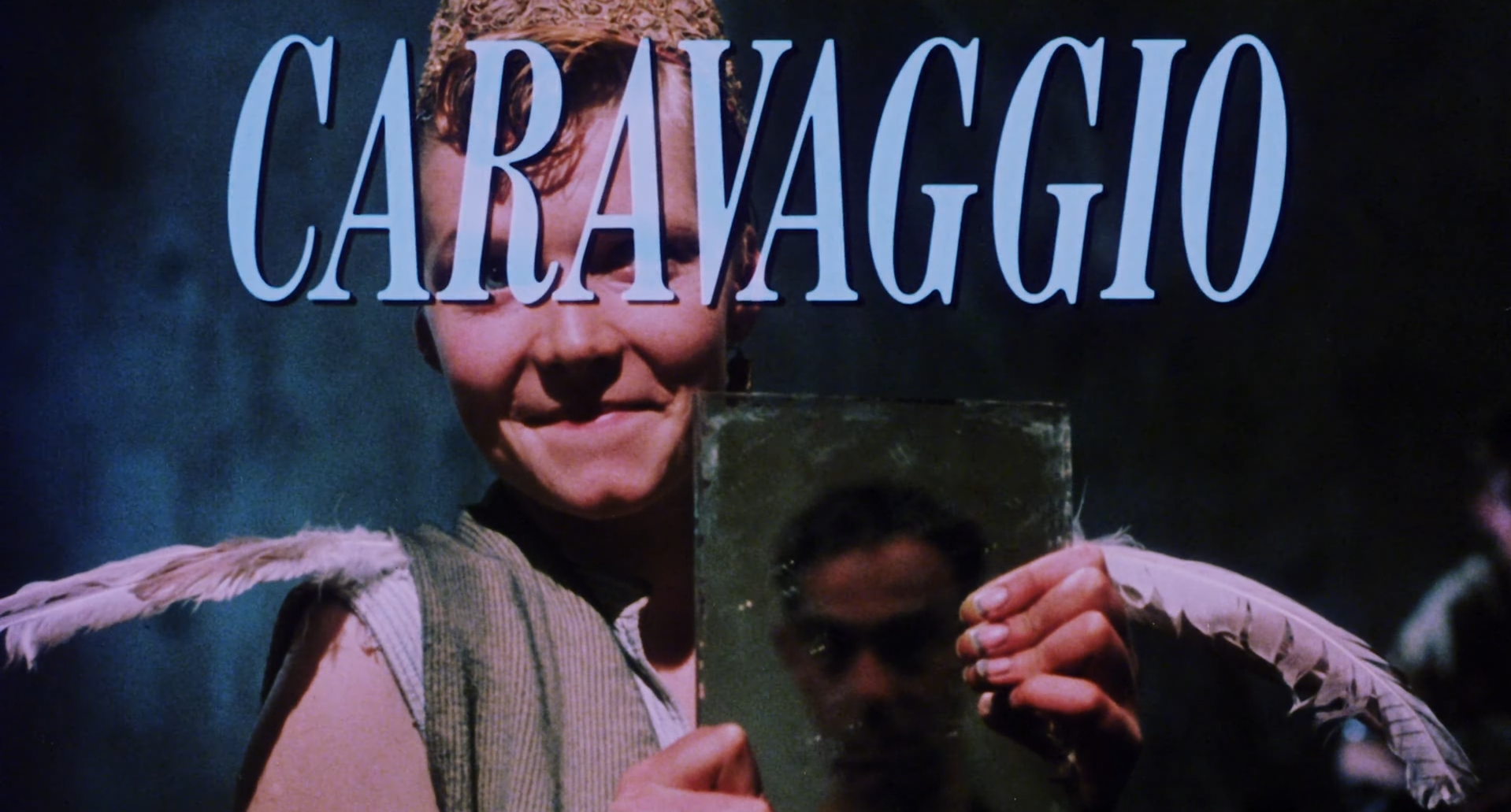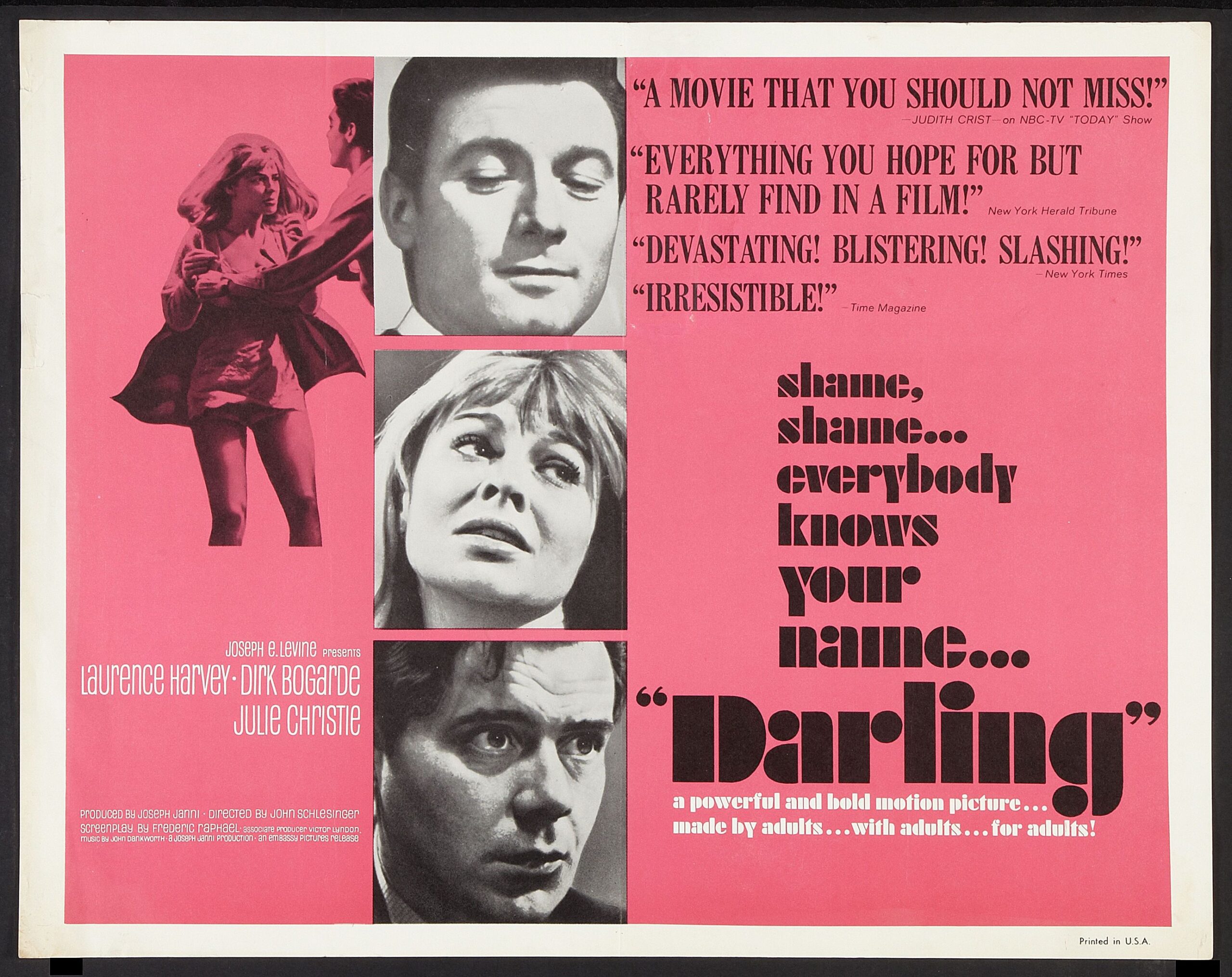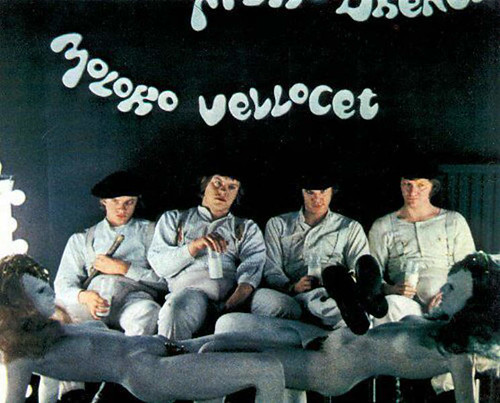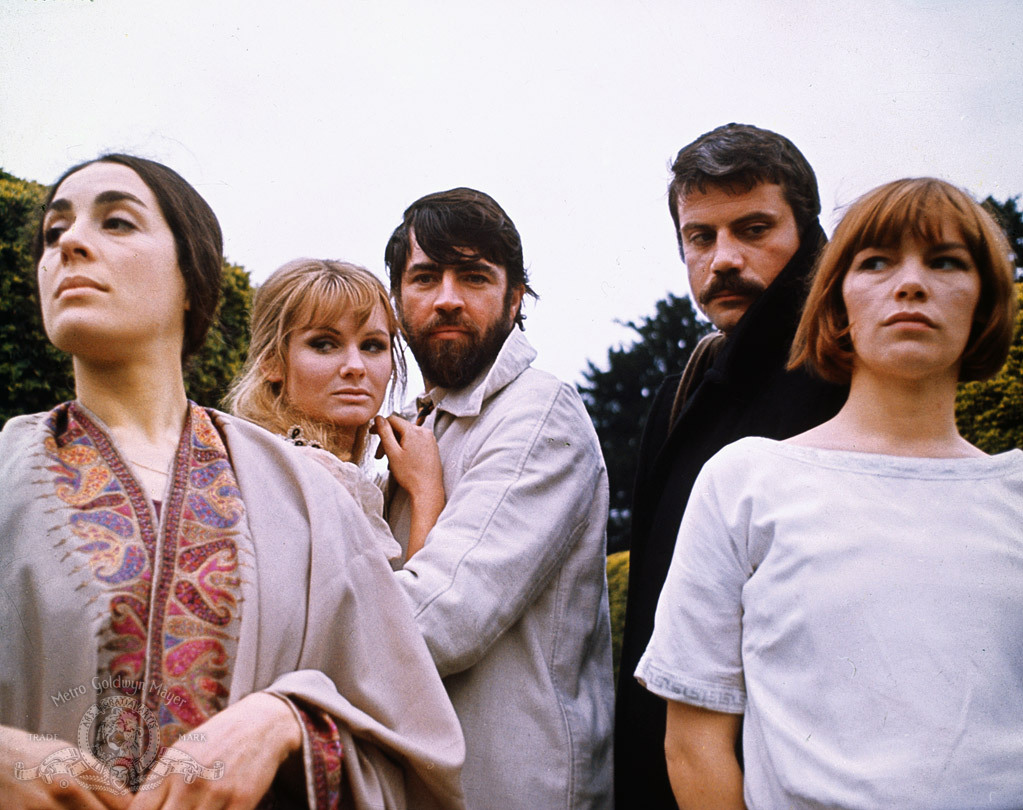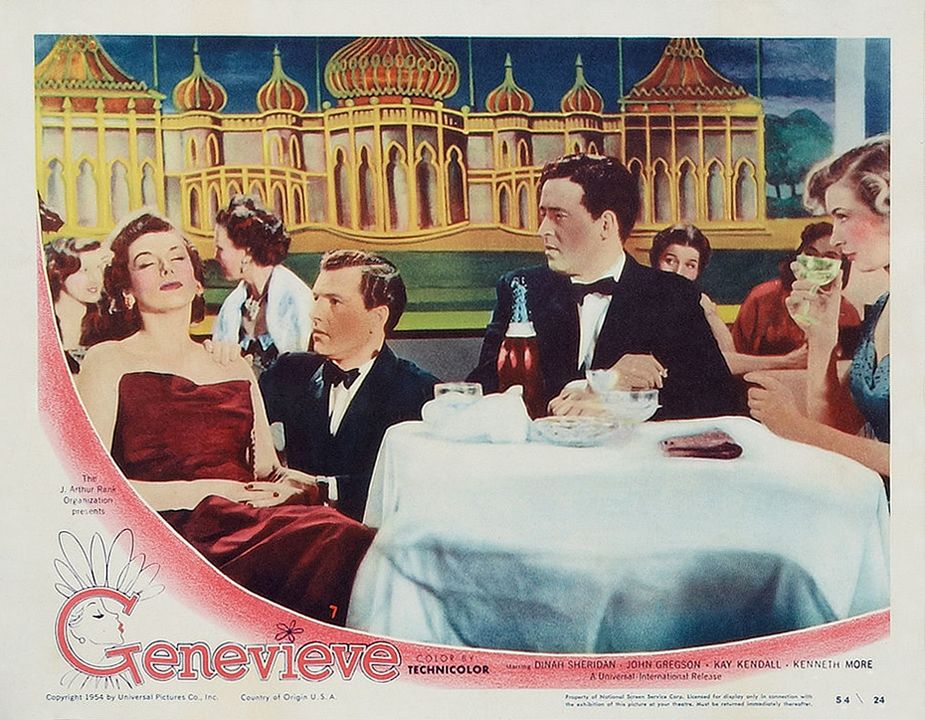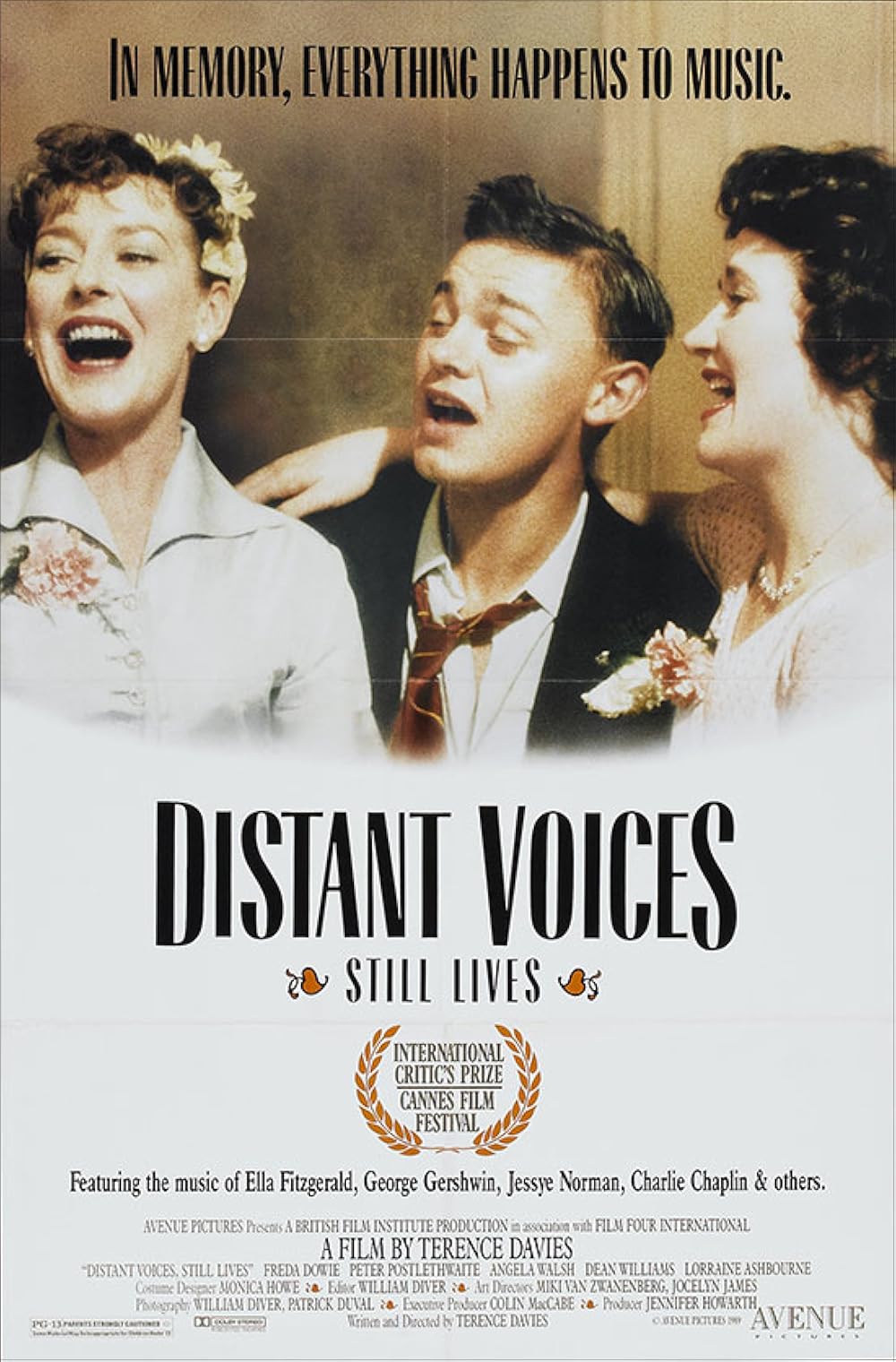
10 Interesting Facts and Figures About 89 Fires Were Started
89 Fires Were Started, directed by Humphrey Jennings in 1943, is a poignant documentary that captures the impact of World War II on British society. Through a powerful blend of visual storytelling and evocative narration, the film offers a unique perspective on the resilience of the British people during a time of crisis. Below, we delve into ten intriguing facts and figures that illuminate the significance of this classic British film.
1. Historical Context
89 Fires Were Started was released during World War II, a time when Britain was facing significant threats from enemy bombings. The film documents the aftermath of these bombings, showcasing the destruction and the community’s response to such tragedies.
2. Director’s Influence
Humphrey Jennings, known for his innovative approach to documentary filmmaking, was a key figure in the development of British cinema. His ability to blend realism with poetic imagery set 89 Fires Were Started apart from other films of the era.
3. Unique Structure
The film is structured around a series of vignettes rather than a traditional narrative. This approach allows viewers to witness the various stages of fire response and community resilience without a linear storyline.
4. Real-Life Footage
The documentary features actual footage of fire brigades responding to incidents caused by enemy bombing raids. This authenticity adds a stark realism that resonates deeply with audiences, making the events feel immediate and impactful.
5. Running Time
The film has a running time of just 24 minutes, yet within this brief duration, it manages to convey profound messages about courage, community, and the human spirit in the face of adversity.
6. Cultural Impact
89 Fires Were Started is considered a classic of British documentary filmmaking and has influenced subsequent generations of filmmakers. Its innovative techniques and themes are still studied in film schools today.
7. Awards and Recognition
The film has received critical acclaim, particularly for its artistic merit and historical significance. It has been preserved in the British Film Institute’s National Archive as a notable example of wartime documentary filmmaking.
8. Sound Design
The documentary employs a unique sound design, with a haunting narration and ambient sounds that create an immersive experience. The voiceover, combined with the visuals, evokes a strong emotional response from viewers.
9. Audience Reception
Upon its release, the film was well-received by audiences and critics alike. Viewers appreciated its raw portrayal of wartime struggles and the resilience of ordinary people in extraordinary circumstances.
10. Legacy
Today, 89 Fires Were Started stands as a testament to the power of documentary filmmaking. It not only documents a specific historical moment but also serves as a reminder of the enduring strength of community during crises.
Conclusion
89 Fires Were Started remains a significant work in the realm of British cinema, offering valuable insights into the human experience during World War II. Through its innovative structure, real-life footage, and emotional depth, the film captivates and educates audiences about resilience in the face of adversity. Its legacy continues to inspire filmmakers and historians, ensuring that the stories of those who lived through these challenging times are never forgotten.

